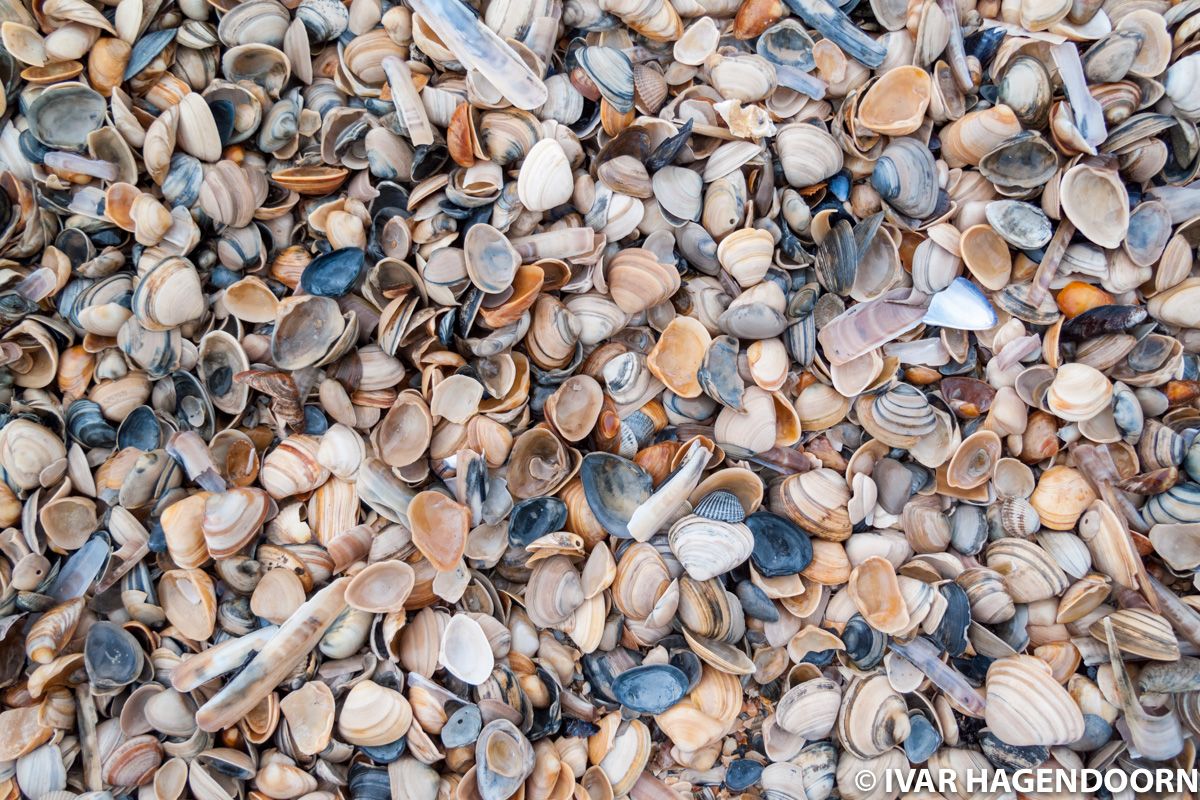
Spirals In Time. The Secret Life and Curious Afterlife of Seashells by Helen Scales is a fascinating book and I learnt a lot from reading it. Like many children as a child I used to collect shells on the beach. I also got some exotic shells as a present, which still grace my bookshelf. What fascinated me about seashells (and minerals) was their richness in shapes, patterns and colours.
In 1999 I read a book by Hans Meinhardt, The Algorithmic Beauty of Seashells, which outlined a mathematical model of how seashells acquire their patterns. Basically Meinhardt proposed that the patterns arise from the interaction between activator and inhibitor molecules, which turn pigment production on and off. The book came with a 3.5 inch floppy disk with the model's source code so readers could generate their own shell patterns, which of course I did. The only problem with the model was that there was no evidence that this is how the patterns on seashells are actually formed.
At around the same time that Meinhardt developed his model another research group led by Bard Ermentrout, George Oster and John Campbell, suggested that the pigment-producing cells in a mollusc's mantle might be stimulated by nerve impulses instead of some unobserved substances. They developed an alternative model which produced similar patterns. The only problem was that their model, too, lacked empirical support.
In recent years evidence has mounted that shell-making is indeed under neural control. Shells don't grow continuously, but in bursts. Consequently, it is vital that molluscs somehow keep track of the construction process, otherwise the shell would grow in each and every direction. Ermentrout and Oster have proposed that shell patterns remind molluscs where they left off so they can continue shell building in the right direction. I was delighted to read this. Not only is the idea itself intriguing, it also shows that, yes, there is still progress being made in science!
Spirals In Time is full of surprising facts and fascinating stories about the wonderful world of seashells. It makes me sad that many of these amazing creatures may soon die out because of ocean acidification.
Do read this book, even if you're not interested in seashells: you will be once you've finished it.